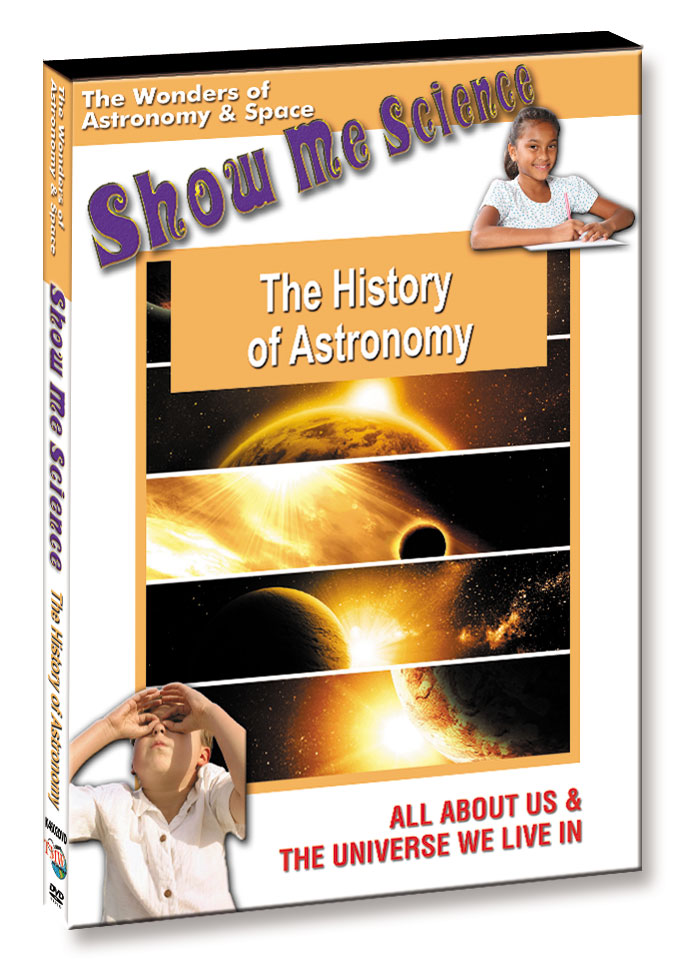Ancient civilizations such as the Babylonians, the Chinese and the Greeks studied the stars without the benefit of telescopes and yet identified patterns of stars that we still use today. These early scientists collected the first data in the science of Astronomy. This program provides students with a summary of the history of Astronomy, highlighting many important astronomers.
This program highlights the history of astronomy with two foci: the ancient world and the role played by telescopes, photography, and spectroscopy in understanding the cosmos. The story begins in ancient Babylon with the identification of 13 constellations. The contributions of ancient Chinese, who produced calendars, star maps and noted solar eclipses, sunspots, and various comets, are described. The ancient Egyptians are noted for creating a calendar similar to our own. Ancient Greek contributions by Hipparchus (creating the first star catalog in the Western world and postulating that the Earth circles the sun) and Erastothenes' estimate of the Earth's circumference are well described. The Mayan use of a 584 day calendar based on the annual journey of Venus is provided as a New World example. Early European contributions of Copernicus, Brahe, Kepler, and Galileo are presented with a focus on the role of telescopes and Kepler's 3 laws of planetary motion. Isaac Newton's construction of the first reflector telescope and his work on gravity are mentioned before profiling telescopic investigations of Herschel (Milky Way), Lord Ross (spiral structure of a galaxy), the rise of spectroscopy and photography, and Hubble's discovery of the expansion of the universe. The start of radio astronomy leads into a brief overview of space-based telescopes and the VLT in Chile as the latest in ground-based observational astronomy using active and adaptive optics. A 2-page teachers' guide can be found on the distributor's website. Science teachers who cover astronomical topics and teachers of ancient history can use this brief informative program with their classes.--Dennis W. Cheek, Executive Director of the National Creativity Network, Jacksonville, FL.

 Please wait...
Please wait...




